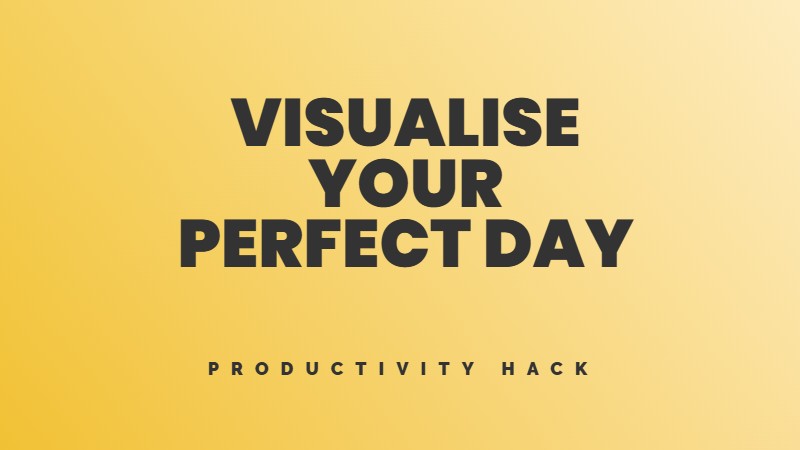The science of trauma treatment has been stuck in the 1980s.
While most medical fields race forward with new technologies and approaches, trauma therapy has largely relied on the same techniques for decades: talk therapy, exposure therapy, and medication. These treatments work for some people, but many still struggle with haunting images that interrupt their days and rob them of sleep.
Then Swedish researchers tried something radical – having healthcare workers play Tetris.
When healthcare workers during the COVID-19 pandemic played Tetris for just 20 minutes after briefly recalling their workplace traumas, their flashbacks dropped by 70%. Not just immediately after, but for months afterward.
The reason is simpler than you might expect: your brain has limited visual processing power. When you occupy your mental visual system with rotating shapes and patterns, those unwanted traumatic images literally have nowhere to form.
Playing a simple video game for 20 minutes can reduce traumatic flashbacks by 70%. No deep psychological insights needed. No grueling therapy sessions. (Step 1.) Just a few seconds acknowledging the memory, (Step 2.) then mentally rotating colorful blocks as they fall from the sky.
Our brains can’t create traumatic memories while playing Tetris. It’s cognitive science, not magic.
The science behind mental imagery and trauma
Traumatic experiences often leave us with unwanted visual memories that repeatedly flash into our minds without warning. These intrusive memories are mental images of traumatic events that appear suddenly and can cause significant distress. Unlike deliberately thinking about a difficult experience, these memories arrive uninvited, disrupting our daily lives and concentration.
For healthcare workers during the COVID-19 pandemic, traumatic memories might include seeing a patient connected to a ventilator or witnessing a death. For others, they might stem from accidents, assaults, or other distressing events. These memories aren’t just uncomfortable. They’re a symptom of post-traumatic stress disorder (PTSD) and can persist for months or years.
A simple intervention with powerful results
Recent research has discovered that playing Tetris (play the game) for just 20 minutes can significantly reduce these intrusive memories. In a randomised controlled trial healthcare workers who experienced work-related trauma during the COVID-19 pandemic showed a 70% reduction in intrusive memories after using this approach.
The intervention is surprisingly straightforward:
Participants who used this method reported fewer intrusive memories, not just immediately, but for months afterwards. They also experienced less severe post-traumatic stress symptoms, improved sleep and better overall functioning.
Why it works
The science behind this approach involves what researchers refer to as “competing tasks.” Intrusive memories are primarily visual and spatial. Tetris, which requires visualising and rotating shapes, uses the same mental resources.
When you briefly recall a traumatic memory and then engage your visual-spatial processing with Tetris, you’re essentially making these mental resources unavailable for the intrusive memory. This disrupts the memory’s ability to consolidate (or strengthen) in your brain, making it less likely to intrude later.
Think of it like trying to watch two different movies on the same screen at the same time. It’s not possible, and one must give way to the other.
How to do it yourself
If you’re experiencing intrusive memories from a traumatic event, here’s how you might adapt this approach:
This method doesn’t require talking about the trauma in detail or analysing it. It’s simply about briefly activating the memory and then engaging in a competing visual task.
Beyond tetris: Other applications
While Tetris was used in these studies, any task that heavily engages visual-spatial processing might work similarly. This could include:
The key is that the activity should fully engage your visual mental imagery system.
When professional help is needed
This approach shows promise as a simple, self-administered tool for reducing intrusive memories. However, it doesn’t replace comprehensive trauma treatment when needed.
Consider seeking professional help if:
Mental health professionals can provide a range of evidence-based treatments for trauma, including trauma-focused cognitive behavioural therapy and EMDR (Eye Movement Desensitisation and Reprocessing).
Slutsats
The research on using Tetris to reduce intrusive memories represents an exciting frontier in trauma recovery. It’s non-invasive, requires no special equipment beyond a smartphone, and doesn’t involve discussing traumatic details extensively.
This approach is part of a broader shift toward understanding the role of sensory processing in trauma. By directly targeting the visual nature of intrusive memories rather than just their content or meaning, we may have found a uniquely effective tool for trauma recovery.
If you’re struggling with intrusive memories, this simple technique might offer some relief while being surprisingly enjoyable to implement. And that’s something we could all use more of in our healing journeys.




Lämna feedback om detta